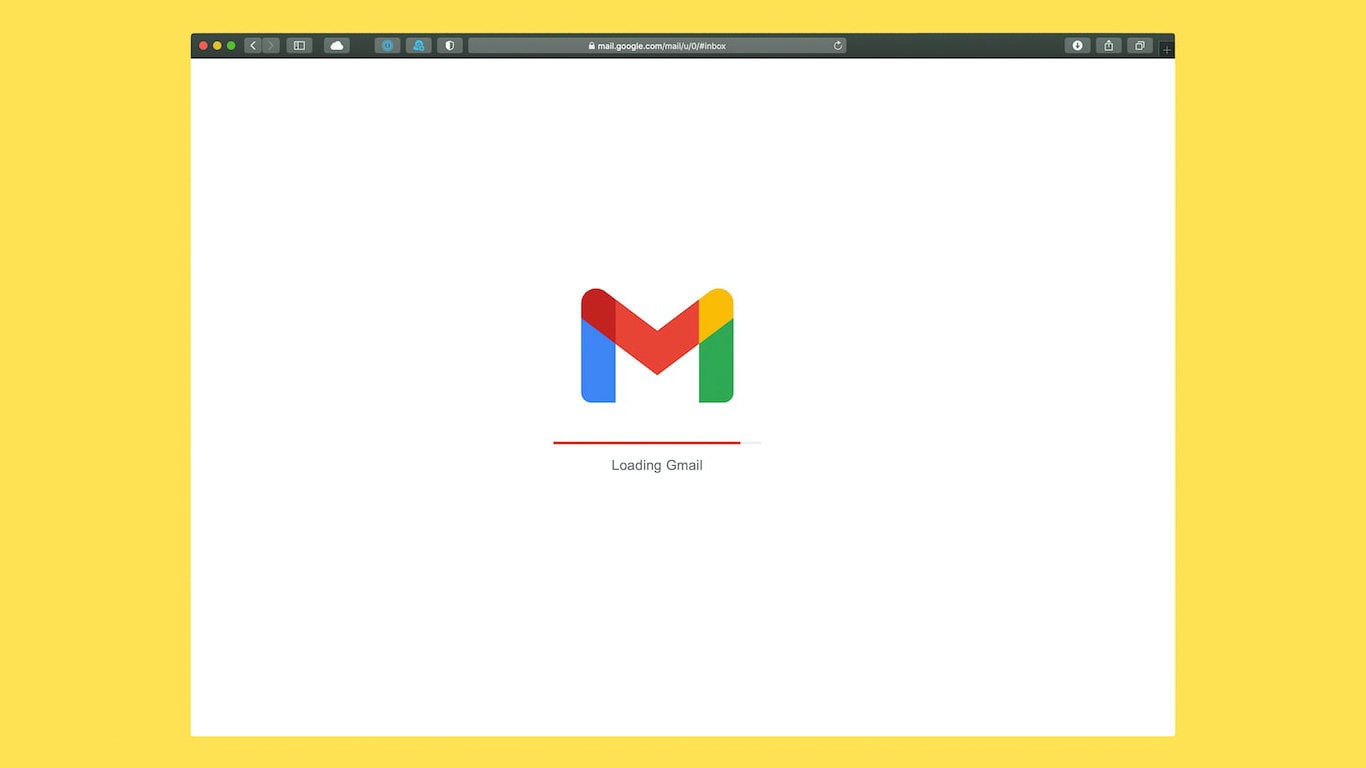Email Marketing Best Practices
Let’s discuss one crucial aspect of a successful business: mastering the art of email marketing.
With 4.2 billion users globally, email marketing has a vast reach, and you can take advantage of it.
In this article, I will walk you through the fundamentals of email marketing so you can build a strong foundation for success.
Now let’s get into it.
Key Takeaways (TLDR)
- Build a genuine email list by offering valuable incentives, using opt-ins, and avoiding purchased lists to ensure high-quality subscribers.
- Maintain your list by regularly removing inactive emails and embracing segmentation to tailor content to specific subscriber groups for improved ROI.
- To stand out in a crowded inbox, provide valuable content that directly benefits subscribers and avoids clickbait tactics.
- Craft compelling subject lines and email copy while constantly testing for spam triggers to ensure high deliverability and engagement.
- The success of email marketing lies in targeting, timing, testing, tracking, tweaking, and adhering to best practices such as mobile responsiveness and relevance.
Email Marketing: From Building A List to Crafting Emails That Convert
Let’s break it down into three steps:
- Build your list.
- Maintain the health of that list.
- Provide valuable content every time you email your list.
Ready to become a master email marketer?
Let’s get started!
Step 1: Build Your List
When building your email list, there’s one golden rule: never buy or use a pre-made list.
Trust me on this; it leads to low open rates, damages brand reputation, and there are even potential fines from privacy protection agencies.
So, how do you create a top-notch email list?
Offer something irresistible, like a free service trial, an online seminar, or an exclusive experience.
Make sure it’s valuable enough to persuade users to share their personal email information with you.
Most websites allow you to set up a pop-up for collecting emails.
The time it appears after users spend time on your site indicates they find value in your content.
Also, if your business involves online ordering, ensure customers can join your email list during the purchase process.
Opt-ins are essential because they ensure users genuinely want to hear from you, keeping you compliant with ever-evolving anti-spam policies.
A double opt-in is even more effective, requiring users to open and click an automated email upon signing up.
This process deters fake email submissions and trains users’ email apps to recognize your high-quality messages. Goodbye, spam folder!
And that’s it! With these steps, you’re well on your way to building a stellar email list that will be the foundation of your email marketing success.
Step 2: Keep Your List Clean
Periodically “scrub” your email list to remove bouncing emails or addresses that never open your messages. As a general rule of thumb, give your list a thorough cleanse every six to 12 months.
You might wonder, “What’s the harm in emailing people who don’t open my messages?” Email algorithms consider the engagement ratio to determine if your content is spam.
The more unopened emails you send, the more likely email services will flag your messages as spam. Yikes!
Despite these challenges, email marketing continues to thrive. In 2010, the Digital Marketing Association reported a return of $40 for every dollar spent on email marketing. By 2019, this figure had increased to $42. So, what’s the secret?
The answer lies in segmentation. Divide your email list into smaller groups to send content tailored to each segment’s interests.
You can segment by demographic data (e.g., location, company size) or, like a true email ninja, use behavioral segmentation—grouping users based on their past interactions with your brand.
Create triggered email flows for specific behaviors, making your content more responsive to users’ needs.
Consider factors like previous purchases, lifecycle stages, and customer loyalty. Unsurprisingly, 77% of email marketing ROI comes from these segmented, targeted campaigns.
They provide your audience with valuable content they’ll eagerly open because it’s customized just for them.
And there you have it! Keeping your list clean and embracing segmentation, you’ll maintain a healthy email list and maximize your email marketing ROI.
Step 3: Deliver Valuable Content
And now, my friends, we’ve arrived at the final frontier in our quest to become email marketing maestros: sending valuable emails.
Picture this: the average office worker receives a staggering 120 emails per day. Of these, 40 are crucial business emails demanding a response, leaving 80 others competing for attention.
So, how do we stand out?
Contrary to popular belief, clickbait titles aren’t the answer.
The true secret lies in offering something that genuinely improves your subscribers’ lives.
Take OpenTable, for instance, which uses subscribers’ past behavior to offer discounts or recommend new restaurants.
Or how Spotify keeps users in the loop with new music from their favorite artists. These are the kinds of emails people love to receive.
A valuable tip: remind subscribers of the activity that triggered the suggestion when recommending something.
This helps them associate positive past experiences with the new opportunity you’re presenting.
Now, let’s talk subject lines.
These email subject lines must convey value, preferably 50 characters or less. Pique your readers’ interest, but keep a little mystery; ensure the subject line accurately represents the email content.
After all, nobody appreciates deceptive clickbait. And remember, 69% of spam reports stem from subject lines alone, so tread carefully.
Remember the pre-header, the first few words in your email that get previewed. Use it to support your subject line.
Most email marketing platforms let you set the pre-header when entering the subject line, so there’s no need to tweak the email copy.
And always A/B test those subject lines to learn and improve.
You’ve now hooked your audience with an enticing subject line and pre-header. What’s next?
Crafting killer email copy. Here are three quick tips:
Keep it neat and straightforward, with the main point up front. Embrace short sentences and paragraph breaks; save those lengthy think pieces for your blog.
Write for your audience. Remember those list segments we created? They’ll come in handy here.
Adopt a friendly, one-on-one writing style. It’s not only courteous but also helps avoid the dreaded spam folder.
Speaking of spam, most professional email services maintain an updated list of spam trigger words to avoid in your email content.
Run your email through a spam test before sending it to ensure formatting and punctuation pass muster.
Additionally, free online spam checkers are readily available – a few minor tweaks can make a huge difference.
So, there you have it! To excel in email marketing, consistently deliver valuable, compliant content to an engaged audience, and you’ll be executing successful campaigns for years to come.
So go forth and conquer the world of email, and remember, I’m always here to lend a helping hand.
Frequently Asked Questions
What are the 5 Ts of email marketing?
The 5 Ts of email marketing are Targeting, Timing, Testing, Tracking, and Tweaking. These principles guide marketers in reaching the right audience at the optimal time while continually refining their campaigns for better results.
What are the 7 email marketing strategies?
The 7 email marketing strategies are segmentation, personalized content, responsive design, automation, engaging subject lines, consistent delivery, and performance analysis. These strategies help businesses effectively communicate with their audience and optimize campaigns for higher engagement and conversion.
Which of the following is a best practice for email marketing?
A best practice for email marketing is ensuring that all emails are mobile-responsive, as a significant portion of users read emails on their mobile devices. This enhances readability and ensures a seamless user experience.
What are the golden R’s of email marketing?
The golden R’s of email marketing are Relevance, Responsiveness, and Rewards. Marketers can enhance engagement and loyalty in their email campaigns by delivering relevant content, responding promptly to subscriber actions, and offering valuable rewards.







